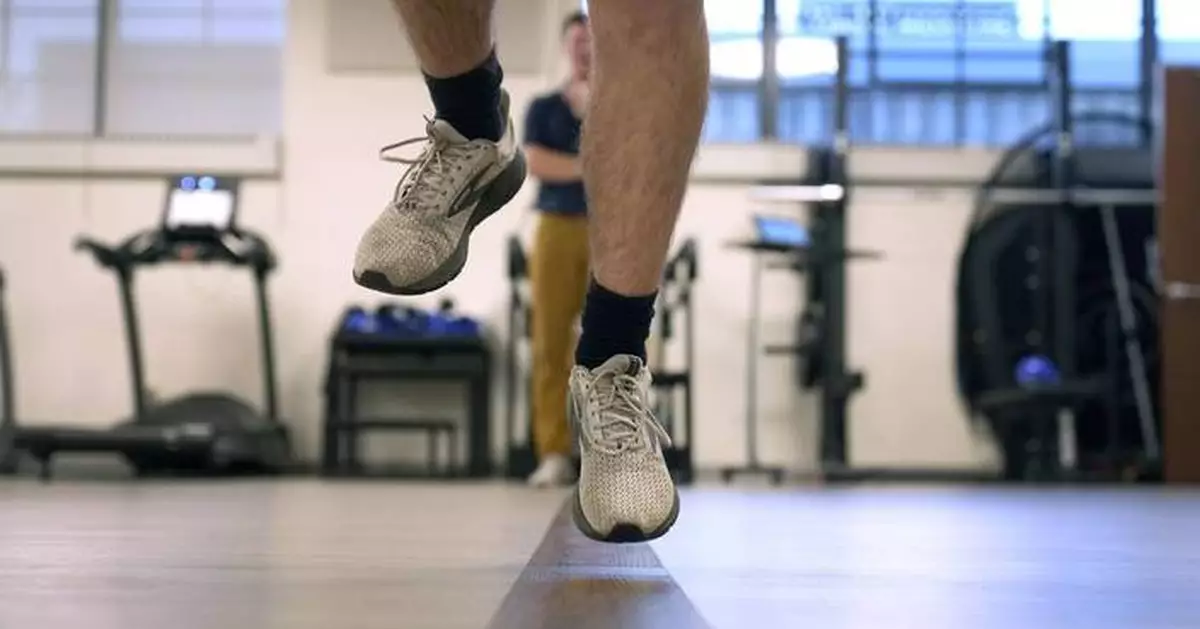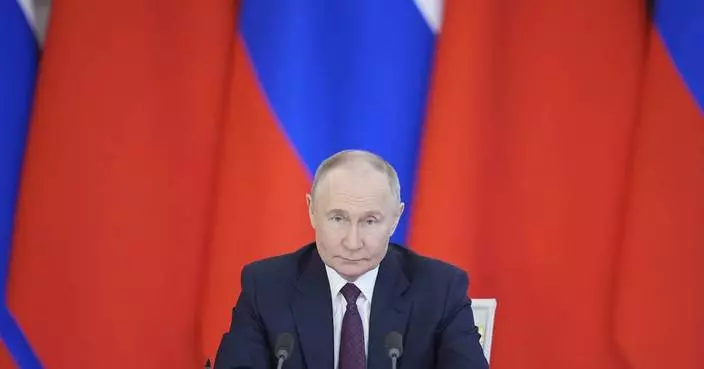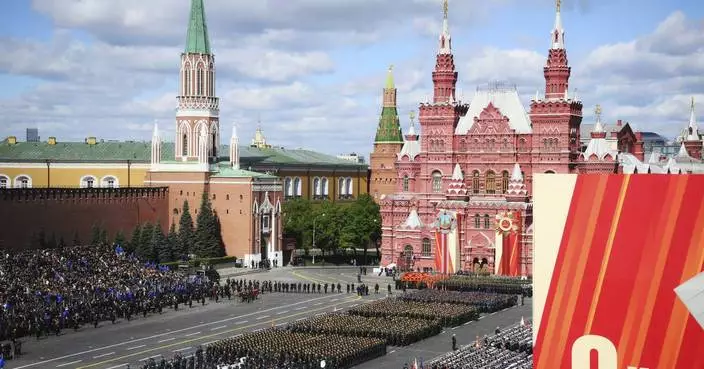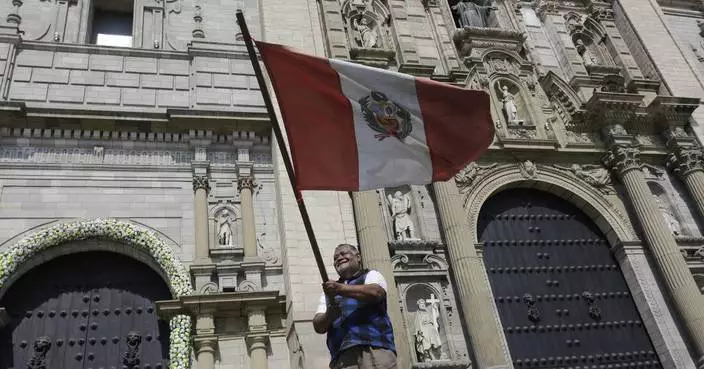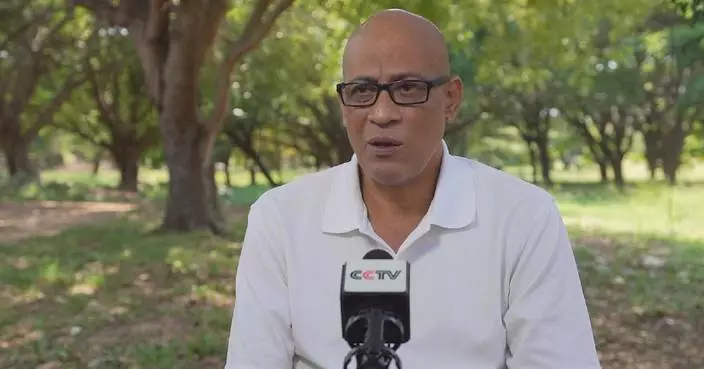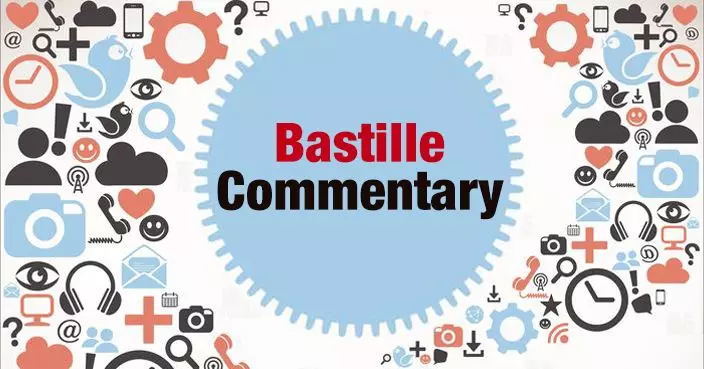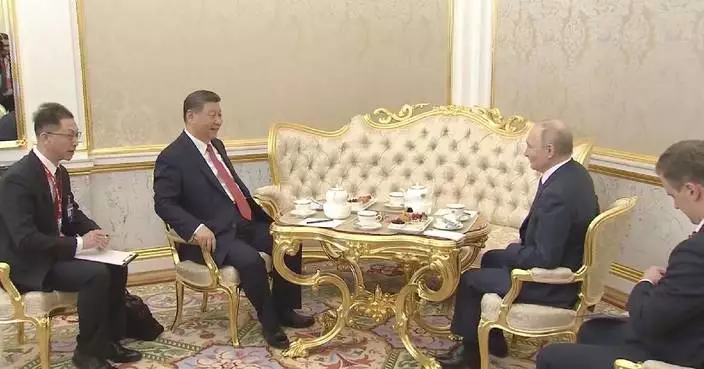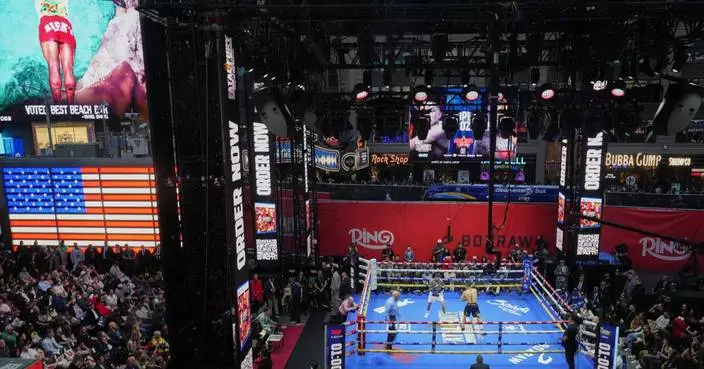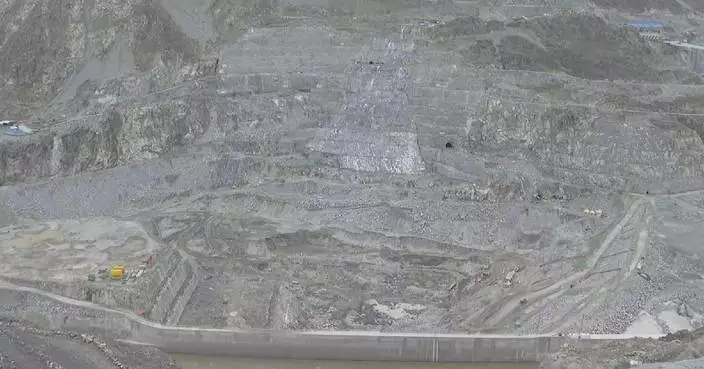New York (AP) — A new year is the time to set new goals. Yet studies have shown that most people don’t tend to uphold their New Year’s resolutions much past the first month.
In an attempt to reframe the thinking around new year goal-setting, a new wellness trend has popped up online. It’s called the ’Winter Arc.’
Here’s what to know.
The goal-setting challenge was created online by fitness and wellness influencers, so there isn’t a one-size-fits-all approach or standard definition. There are over 400,000 posts on Instagram with the caption #winterarc, and almost 600,000 on TikTok.
For many of those trying the trend, the Winter Arc involves utilizing the cold, dark earlier months of winter to turn inward and get a jump start on their goals, with the intent of having them in place by the time Jan. 1 rolls around.
It’s also meant to encourage participants to be extremely disciplined and rigid with their goals since it’s a shorter period to get them done rather than an entire year, or indefinitely.
Laura Galebe, an influencer and the self-proclaimed “CEO of Glowup Series,” posts videos to her social media accounts talking about her Winter Arc experience. She used the time to commit to “walking every day, journaling, and sticking to (her) skincare and wellness routines.”
“I found it very transformative both mentally and physically,” Galebe says. “The consistent movement helped me stay energized and the structure made the season feel a lot less heavy.”
Although some say the Winter Arc challenge can begin in October, it’s never too late to start. According to Alex Rothstein, an exercise psychologist with the New York Institute of Technology, the best way to dive in is to carve out time each day to work on your goals.
“If you make sure to actively plan and schedule each commitment," Rothstein says, “you will have an easier time adhering to the program.”
He also recommends setting reasonable, realistic goals that are achievable from day to day. “Recognize that if unforeseen circumstances cause you to miss a day or miss a specific goal in a day, it does not mean you failed the entire process,” he says. “You should be willing to pick up where you started the next day.”
Galebe recommends finding ways to make fitness “cozy and convenient” in the cold winter months.
“If the thought of heading to the gym in freezing weather is demotivating, consider at-home workouts or joining a heated indoor Pilates or yoga studio,” she says. “Another tip is to reframe movement as self-care. Winter is tough on your body and mind so I treat my walks or workouts as part of keeping my overall mental and physical health in check.”
To recap:
—Set realistic, attainable goals.
—Plan out your routine and find the time in your schedule in advance.
—Be okay with missing a day, giving yourself the space to pick up where you left off.
—Find cozy and convenient ways to stay active in the colder months.
Elliot Berkman, a professor of psychology at the University of Oregon, says that goal progress, rather than simply goal attainment, is psychologically beneficial. He says it can provide “positive emotion, a sense of purpose and meaning as well as agency and autonomy.”
When it comes to goal-setting in a short, specific period of time, like the Winter Arc, he says those parameters can be helpful. “Putting a time bound on a goal can improve the chances the goal is achieved. It’s easier to maintain motivation if you know that you get to stop at some point as opposed to feeling like you need to keep up the hard work indefinitely, which can be demotivating.”
Some on social media have made comparisons between short-term fitness challenges and crash diets, with the idea being that once the challenge stops, one could return to unhealthy habits. But experts say that’s not necessarily true.
“If the challenge is used to help establish new and healthier habits for long term health and wellness, than the challenges are exceptionally useful to help guide and motivate to create these changes,” Rothstein says. He recommends making a plan toward the end of the challenge to continue keeping up with your goals in an attainable and realistic way.

FILE - Jacob Bullard leaps in the air as part of a physical therapy exercise at WashU, Dec. 16, 2024, in St. Louis. (AP Photo/Jeff Roberson, File)
In contrast to Russia’s celebrations marking 80 years since the surrender of the Nazis, European leaders agreed to set up a tribunal to try Russian leaders for Moscow’s war on Ukraine.
The rift between Western European powers and Russia – erstwhile allies who defeated Nazi Europe –was laid even more bare Friday as the European Union pledged another 2 billion euros to help Ukraine arm, this time with money raised from Russia’s own frozen assets.
Russian President Vladimir Putin hosted the leaders of China, Brazil and many others for a massive parade meant to project Russian power.
Russian President Vladimir Putin has hosted foreign leaders at a reception in the Kremlin as part of celebrations to showcase Russia’s global clout and the West’s failure to isolate Moscow.
The Russian leader on Friday raised a toast “to the glorious generation of victors, to the triumph of truth and justice, to the prosperity of our countries and peoples.”
He later sat down with Brazilian President Luiz Inácio Lula da Silva to discuss bilateral ties. More meetings with foreign leaders were planned for Friday, the Kremlin said earlier this week.
Putin’s foreign policy advisor Yuri Ushakov told Russia’s state-funded Channel One TV station that the Russian leader also exchanged “congratulations on the occasion of our common holiday” and “warm words” with U.S. President Donald Trump through their aides.
Ukraine’s Foreign Ministry says a special tribunal to prosecute Russian war crimes in Ukraine will be formally set up at a Council of Europe Committee of Ministers meeting later this month.
In a joint statement with foreign ministers from some 40 countries, the Ukrainian Foreign Ministry said Friday technical legal work necessary to establish the tribunal is now completed. The Commitee of Ministers meeting will be held in Luxembourg on May 13-14.
The tribunal will focus on prosecuting Russian leaders most responsible for the full-scale invasion of Ukraine that began in 2022.
Ukraine’s Prime Minister Denys Shmyhal says the European Union will allocate almost 1.9 billion euros for military support to his country.
Shmyhal posted on his Telegram page Friday that a billion euros from this amount will go toward the purchase of weapons directly from Ukrainian manufacturers.
Some 600 million euros will go toward procuring artillery and ammunition and another 200 million will be used to bolster Ukraine’s air defences..
Shmyhal said he’s particularly grateful to Denmark, France, the Netherlands and Italy which will help in the 1 billion euro purchase of weapons.
The Ukrainian official called the military support package “historic” because weapons will be purchased using proceeds from Russian frozen assets through the European Peace Fund.
Ukrainian President Volodymyr Zelenskyy says Russian President Vladimir Putin launched a full-scale invasion of Ukraine because he escaped punishment for previous wars he had waged.
He said “Russia must be held accountable for its aggression just as the Nazis were,” urging for full EU support for the creation of a tribunal to prosecute Russian crimes.
The Ukrainian president also indicated that Europe is preparing another 1 billion euro ($1.12 billion) military aid package for his country, bringing the total of new EU support funds to 4 billion euros ($4.5 billion).
Standing alongside top Ukrainian government officials in Lviv, EU foreign policy chief Kaja Kallas paid respects to the victims of the war in Ukraine at a cemetery there.
Kallas said she “couldn't understand” how other leaders could stand with Russian President Vladimir Putin in Moscow for Friday's celebrations in the Russian capital.
Kallas and dozens of European officials gathered in Lviv to endorse the creation of a special tribunal tasked to prosecute crimes of aggression by top Russian officials in the war on Ukraine.
Kallas said the court’s launch will mean that “nobody can be left unpunished for the crimes committed," including leaders who decided to send soldiers into Ukraine.
She urged other countries to back the tribunal, warning that such crimes could be repeated without accountability.
Estonia's Narva Museum has hung a banner of a composite portrait of Vladimir Putin and Adolf Hitler as the Russian president hosts celebrations marking the 80th anniversary of the defeat of Nazi Germany in World War II.
The banner hung from the museum's castle wall, reads 'Putler War Criminal' and is visible from the Russian side of the Narva River, according to the museum's Facebook post.
Estonia has refused to allow use of its airspace for any flights to and from Moscow for the Russian celebrations, according to the Baltic News Service.
Several northern European leaders said they had a good conversation with President Trump Thursday shortly before he posted on his Truth Social platform to say that the U.S. calls for a 30-day unconditional ceasefire in Ukraine.
Trump said if the ceasefire is not respected “the U.S. and its partners will impose further sanctions” on Russia.
Nordic and Baltic leaders gathering ahead of a security meeting in Oslo, Norway, called Trump up Thursday and “put the phone on the table” to speak to him, Norwegian Prime Minister Jonas Gahr Støre said.
Finnish President Alexander Stubb said the call lasted around 20 minutes while Estonian Prime Minister Kristen Michal described it as “excellent,” adding that Trump’s position has “gone toward working with European partners.”
Top U.S. officials previously indicated Europe would be cut out of discussions with the U.S. on Ukraine and threatened to walk away from involvement in negotiations unless a deal is done.
France's foreign minister, Jean-Noël Barrot, says European allies have agreed on another package of sanctions against Russia. Barrot did not elaborate on the details of the package, saying it will be adopted “in the coming days.”
He spoke from Lviv, Ukraine, where dozens of European officials are meeting to endorse the creation of a special tribunal tasked to prosecute crimes of aggression by top Russian officials in the war on Ukraine.
“I’m sure that this tribunal will allow for the fight against impunity against all war crimes that have been committed during this war of aggression of Russia against Ukraine,” Barrot said. “There is no peace without justice, and there is no justice without the truth.”
Barrot added that French president Emmanuel Macron spoke on Thursday with U.S. President Donald Trump and told him that it’s time to force Russia's Vladimir Putin to agree to a ceasefire.
Russian President Vladimir Putin has praised Russian troops fighting in Ukraine, saying “we are proud of their courage and determination, their spiritual force that always has brought us victory."
Putin was speaking during Friday's military parade. The Russian leader declared a unilateral 72-hour ceasefire starting Wednesday to coincide with the Victory Day celebrations, but warned that Russian troops will retaliate to any attacks.
Moscow has been reluctant to accept a U.S.-proposed 30-day truce that Ukraine has accepted, linking it to a halt in Western arms supplies to Ukraine and Kyiv’s mobilization effort, conditions Ukraine and its Western allies have rejected.
Ukrainian authorities reported scores of Russian strikes on Friday that killed at least two people in the Kherson and Zaporizhzhia regions and damaged buildings.
Ukrainian President Volodymyr Zelenskyy says he had a “good conversation” with Donald Trump, during which the two marked Victory Day and discussed the path toward peace in Ukraine.
Zelenskyy said Friday he briefed Trump on the battlefield situation and reiterated that Ukraine is ready for a 30-day ceasefire “starting even today,” urging Russia to support the proposal.
He emphasized Ukraine’s willingness to engage in talks “in any format” but said Russia must prove its commitment by declaring a full, unconditional ceasefire.
Zelenskyy added that Trump confirmed his desire to help end the war and supported the idea of a ceasefire, with both agreeing to remain in contact.
Russia began a vast military parade in Moscow's Red Square to mark the 80th anniversary of the defeat of Nazi Germany in World War II.
President Vladimir Putin and a host of foreign leaders, including Chinese President Xi Jinping, Brazilian President Luiz Inácio Lula da Silva and Slovakian Prime Minister Robert Fico, attended the parade.
A massive parade through Red Square and other ceremonies underline Moscow’s efforts to project its power and cement the alliances it has forged while seeking a counterbalance to the West amid the 3-year-old war in Ukraine.
Festivities this year were overshadowed by reports of Ukrainian drone attacks targeting Moscow and severe disruptions at the capital’s airports, as well as cellphone internet outages on Wednesday.
Victory Day, which celebrates the surrender of Nazi Germany that ended World War II, is Russia's most important secular holiday.
While most Western countries celebrate the anniversary on May 8, Russia celebrates it on May 9.
Gen. Dwight Eisenhower, supreme commander of the Allied forces in Europe, actually accepted the unconditional surrender of Nazi Germany at 2:41 a.m. local time on May 7, in a ceremony at Reims, France. Although the news leaked out by that evening, the official announcement was delayed until the following day as U.S., Britain and France tried to work out differences with the Soviet Union, which felt the surrender didn’t recognize the sacrifices its troops had made in securing victory.
A second surrender document was signed around midnight on May 8 in Berlin, satisfying Soviet concerns.
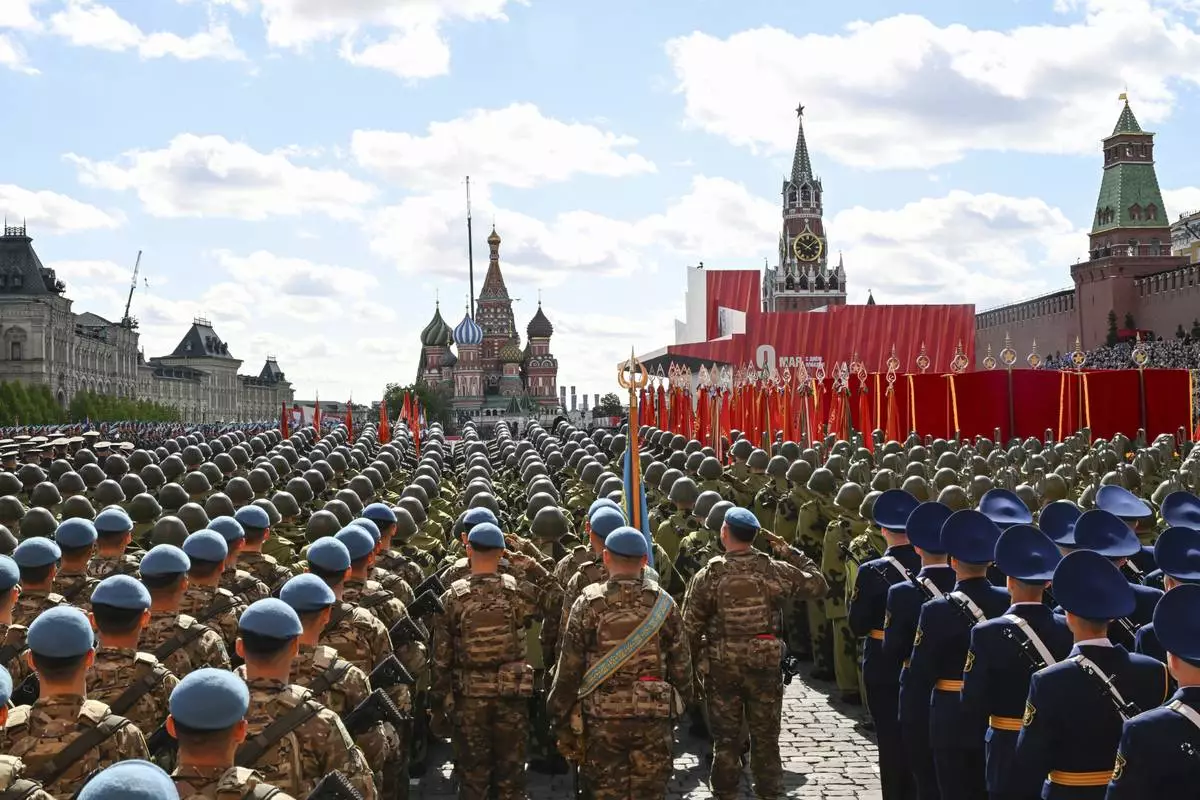
Russian servicemen attend the Victory Day military parade in Moscow, Russia, Friday, May 9, 2025, during celebrations of the 80th anniversary of the Soviet Union's victory over Nazi Germany during the World War II. (Pelagia Tikhonova/Photo host agency RIA Novosti via AP)

Mongolia's servicemen attend the Victory Day military parade in Moscow, Russia, Friday, May 9, 2025, during celebrations of the 80th anniversary of the Soviet Union's victory over Nazi Germany during the World War II. (Ilya Pitalev/Photo host agency RIA Novosti via AP)
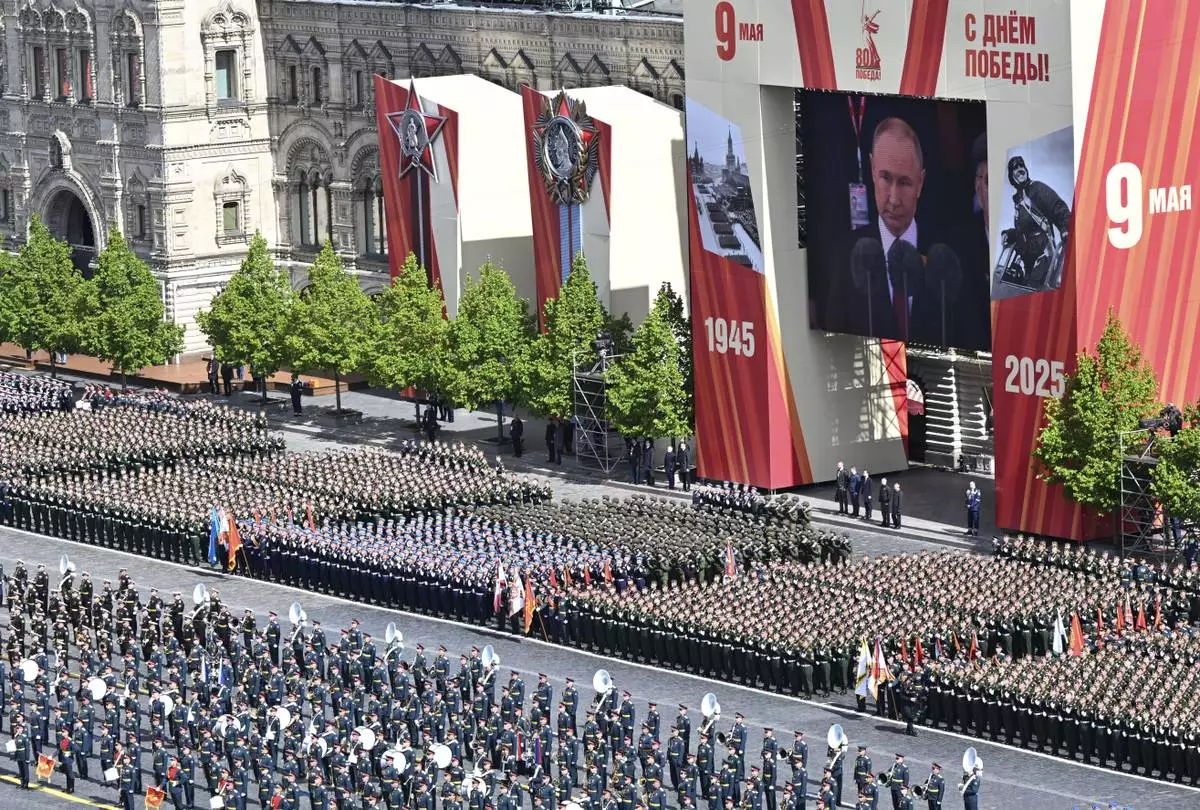
Russian servicemen take part in the Victory Day military parade in Moscow, Russia, Friday, May 9, 2025, marking the 80th anniversary of the Soviet Union's victory over Nazi Germany during the World War II. (Maxim Bogovid/Photo host agency RIA Novosti via AP)

Uzbekistan's servicemen attend the Victory Day military parade in Moscow, Russia, Friday, May 9, 2025, during celebrations of the 80th anniversary of the Soviet Union's victory over Nazi Germany during the World War II. (Maxim Bogodvid/Photo host agency RIA Novosti via AP)

Myanmar's servicemen attend the Victory Day military parade in Moscow, Russia, Friday, May 9, 2025, during celebrations of the 80th anniversary of the Soviet Union's victory over Nazi Germany during the World War II. (Maxim Bogodvid/Photo host agency RIA Novosti via AP)
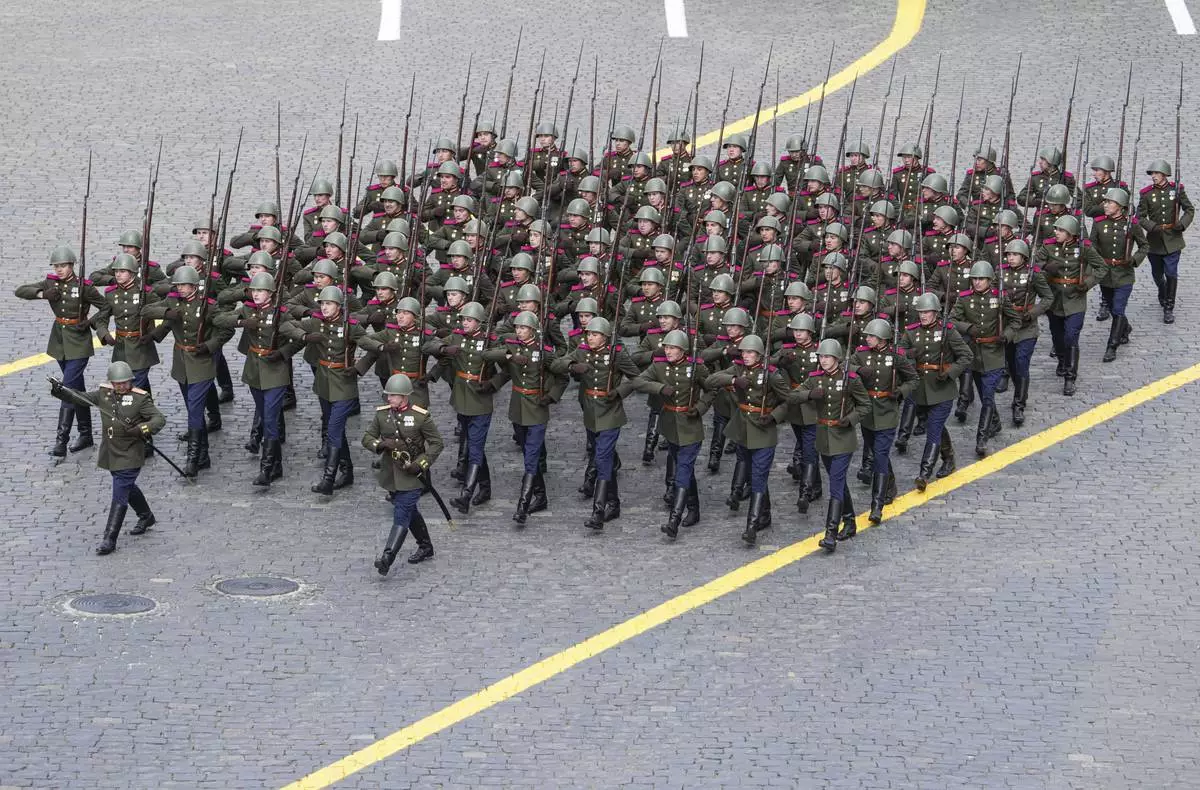
Russian servicemen attend the Victory Day military parade in Moscow, Russia, Friday, May 9, 2025, during celebrations of the 80th anniversary of the Soviet Union's victory over Nazi Germany during the World War II. (Alexander Wilf/Photo host agency RIA Novosti via AP)
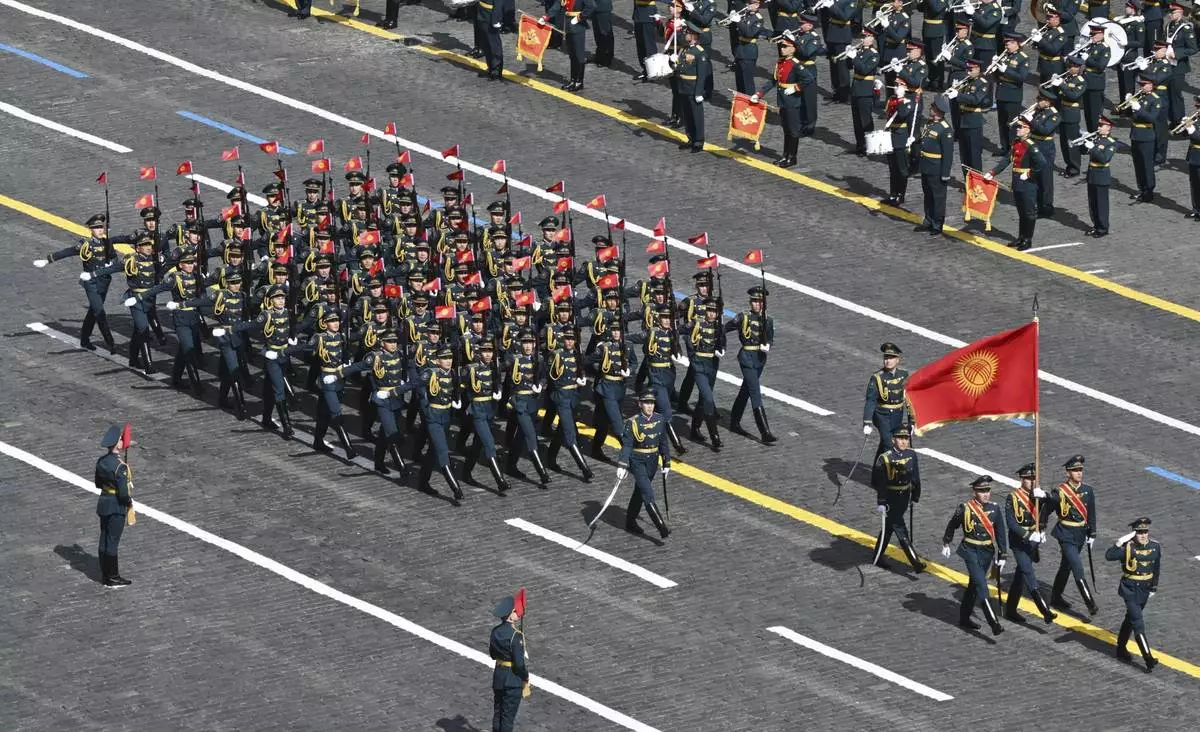
Kyrgyzstan's servicemen attend the Victory Day military parade in Moscow, Russia, Friday, May 9, 2025, during celebrations of the 80th anniversary of the Soviet Union's victory over Nazi Germany during the World War II. (Maxim Bogodvid/Photo host agency RIA Novosti via AP)
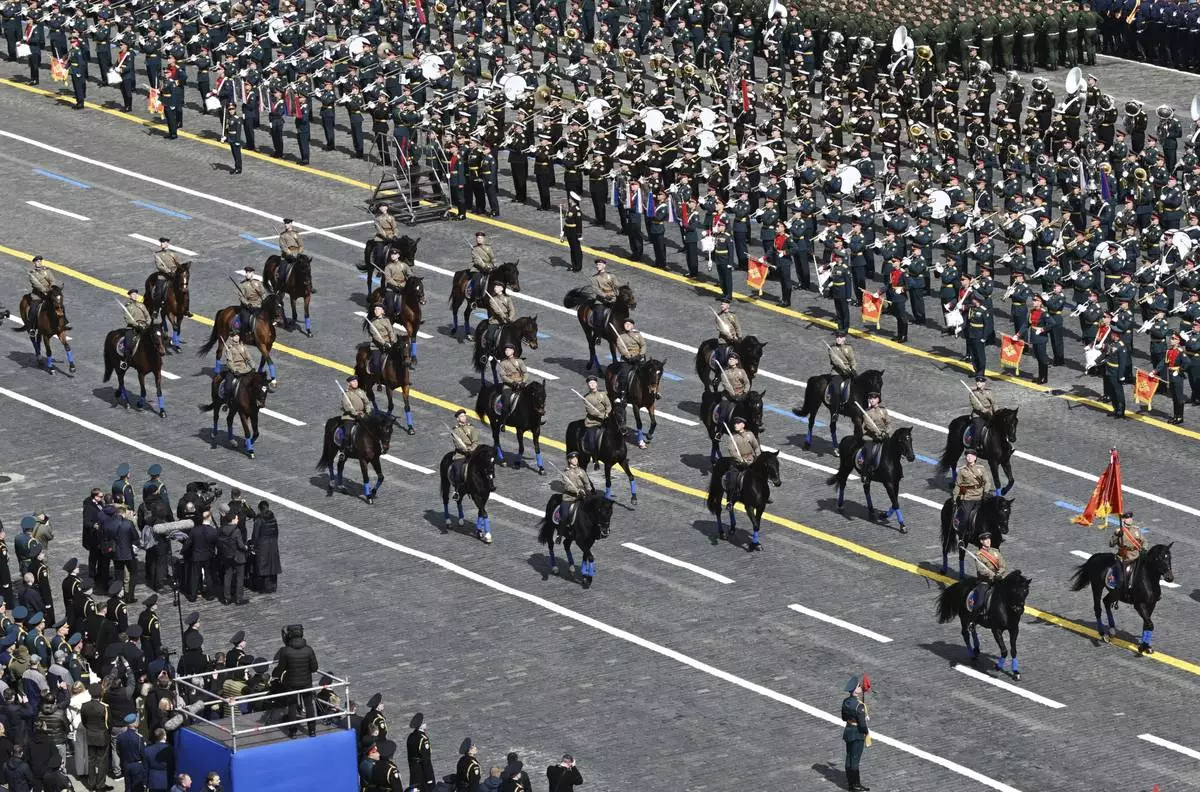
Russian military troops attend the Victory Day military parade in Moscow, Russia, Friday, May 9, 2025, during celebrations of the 80th anniversary of the Soviet Union's victory over Nazi Germany during the World War II. (Maxim Bogodvid/Photo host agency RIA Novosti via AP)

Russian servicemen attend the Victory Day military parade in Moscow, Russia, Friday, May 9, 2025, during celebrations of the 80th anniversary of the Soviet Union's victory over Nazi Germany during the World War II. (Ramil Sitdikov/Photo host agency RIA Novosti via AP)

Vietnamese servicemen march during the Victory Day military parade in Moscow, Russia, Friday, May 9, 2025, celebrating the 80th anniversary of the Soviet Union's victory over Nazi Germany during the World War II. (Ilya Pitalev/Photo host agency RIA Novosti via AP)

Russian servicemen march during the Victory Day military parade in Moscow, Russia, Friday, May 9, 2025, celebrating the 80th anniversary of the Soviet Union's victory over Nazi Germany during the World War II. (Vladimir Astapkovich/Photo host agency RIA Novosti via AP)

Russian Defense Minister Andrei Belousov is driven along Red Square in an Aurus car during the Victory Day military parade in Moscow, Russia, Friday, May 9, 2025, marking the 80th anniversary of the Soviet Union's victory over Nazi Germany during the World War II. (Vladimir Astapkovich/Photo host agency RIA Novosti via AP)
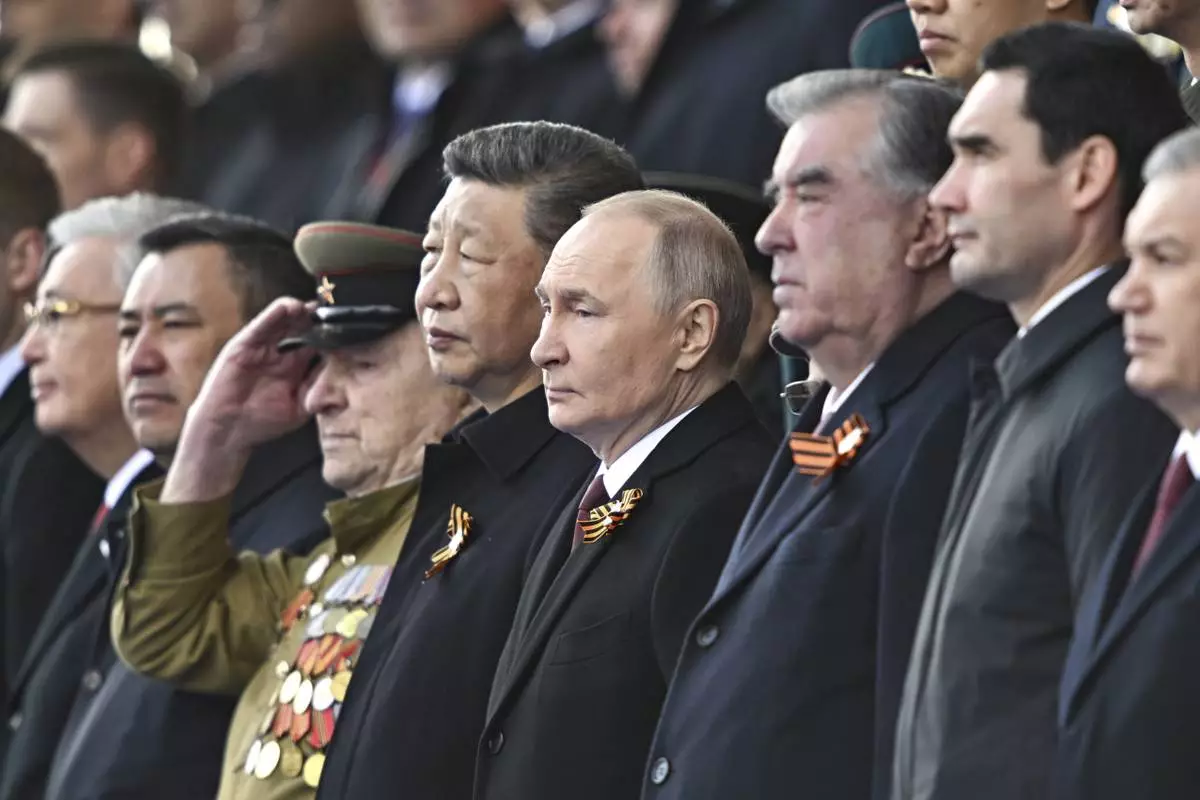
From second right: Turkmenistan President Serdar Berdimuhamedow, Tajikistan's President Emomali Rakhmon, Russian President Vladimir Putin and Chinese President Xi Jinpin watch the Victory Day military parade in Moscow, Russia, Friday, May 9, 2025, during celebrations of the 80th anniversary of the Soviet Union's victory over Nazi Germany during the World War II. (Sergei Bobylev/Photo host agency RIA Novosti via AP)

Russian President Vladimir Putin speaks during the Victory Day military parade in Moscow, Russia, Friday, May 9, 2025, during celebrations of the 80th anniversary of the Soviet Union's victory over Nazi Germany during the World War II. (Ilya Pitalev/Photo host agency RIA Novosti via AP)
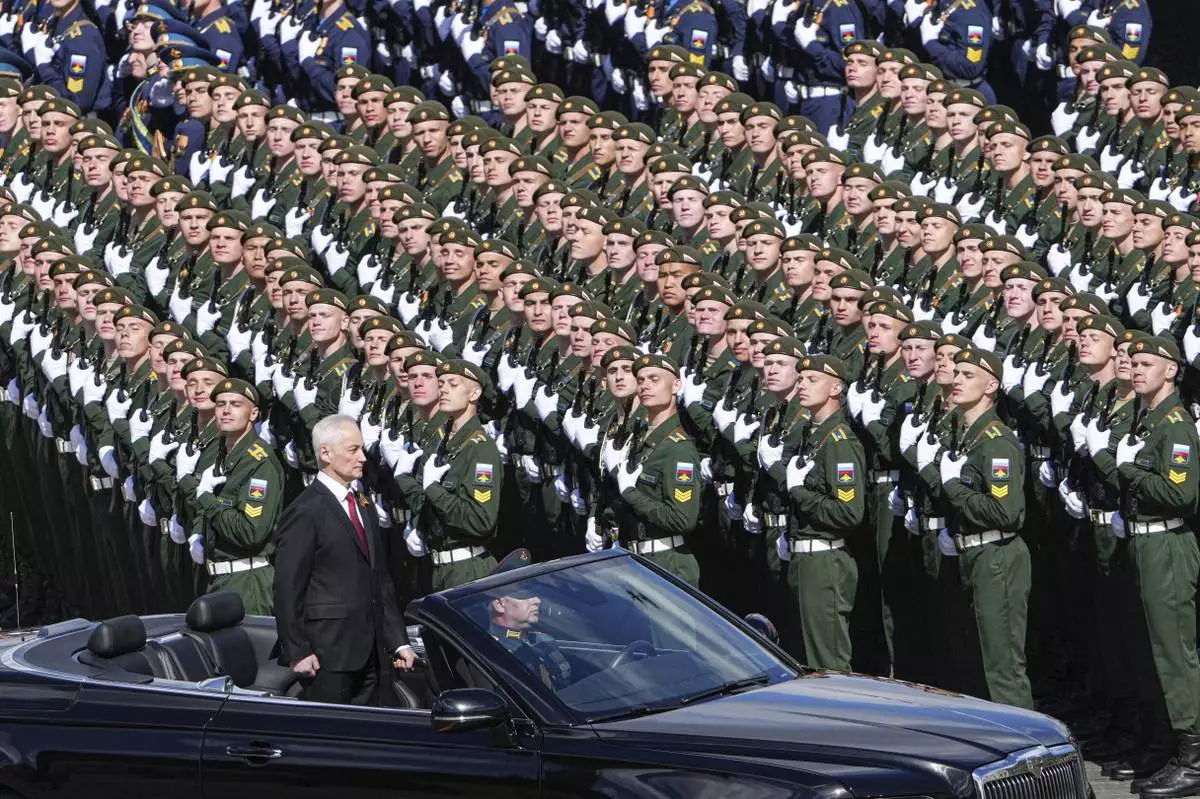
Russian Defense Minister Andrei Belousov is driven along Red Square in an Aurus car during the Victory Day military parade in Moscow, Russia, Friday, May 9, 2025, marking the 80th anniversary of the Soviet Union's victory over Nazi Germany during the World War II. (Alexander Wilf/Photo host agency RIA Novosti via AP)
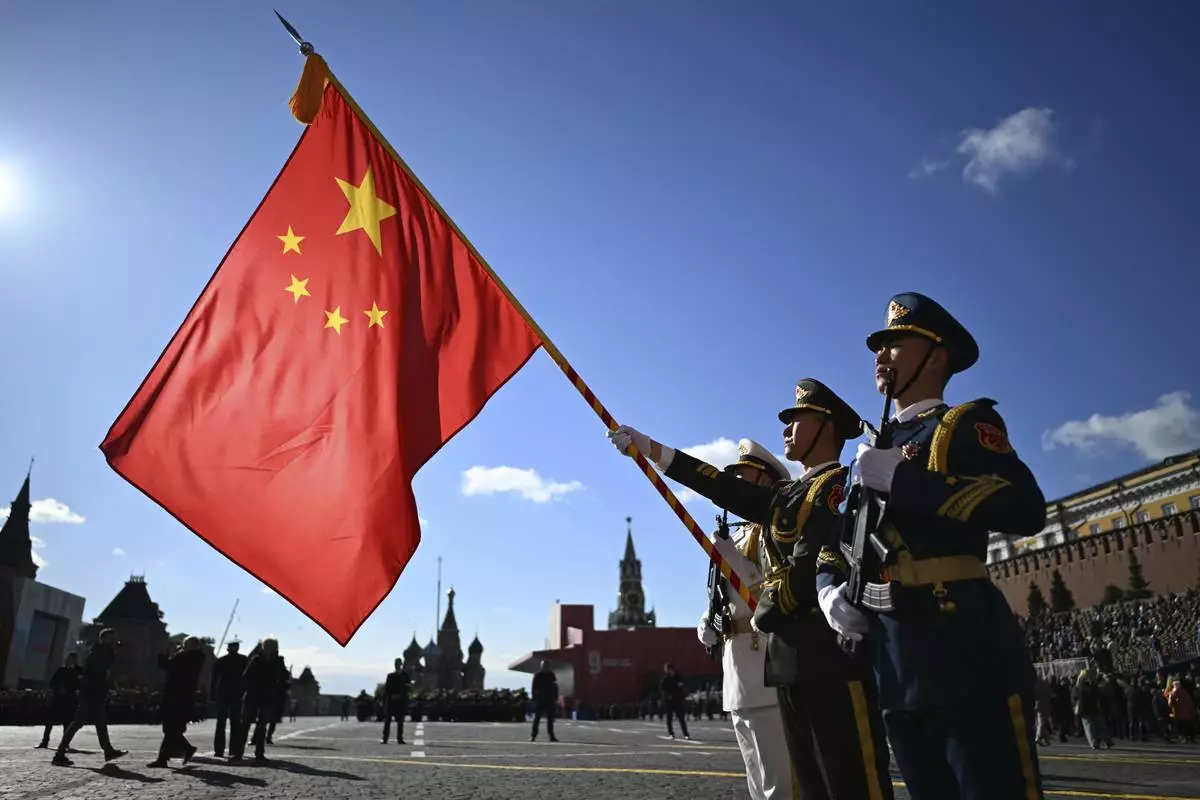
Chinese servicemen hold their national flag as they attend the Victory Day military parade in Moscow, Russia, Friday, May 9, 2025, during celebrations of the 80th anniversary of the Soviet Union's victory over Nazi Germany during the World War II. (Pelagia Tikhonova/Photo host agency RIA Novosti via AP)
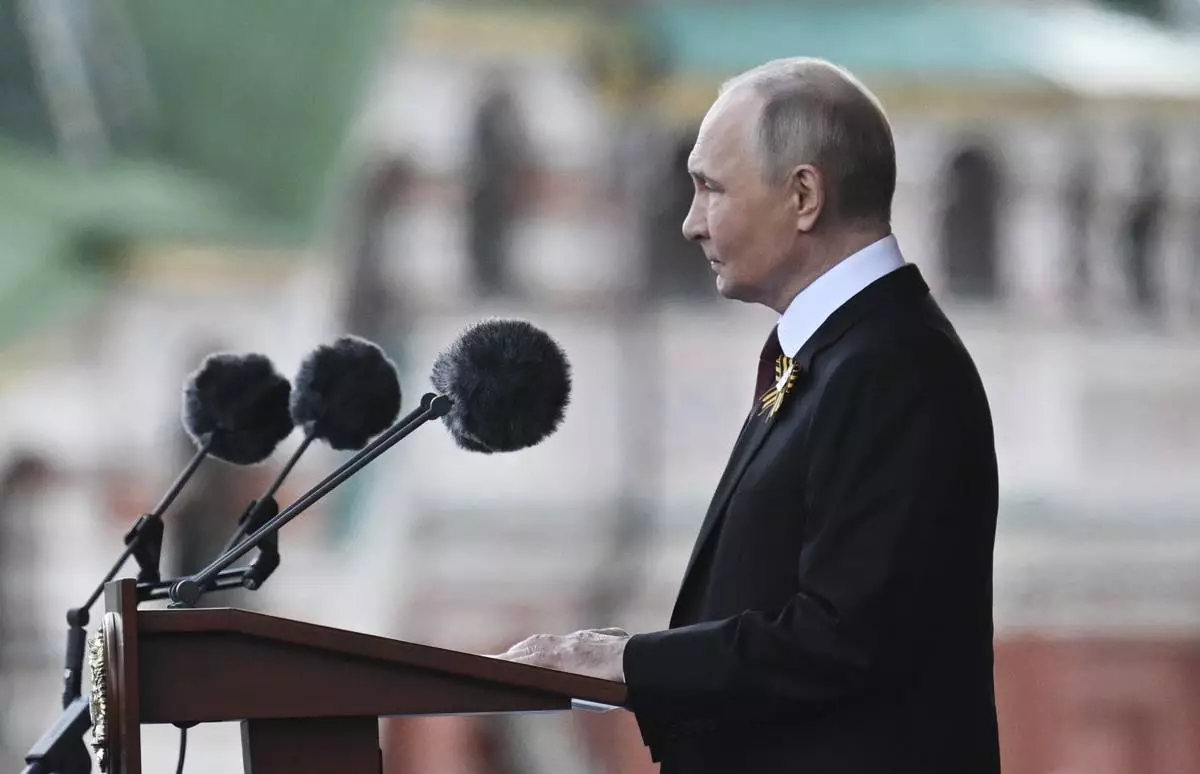
Russian President Vladimir Putin speaks during the Victory Day military parade in Moscow, Russia, Friday, May 9, 2025, during celebrations of the 80th anniversary of the Soviet Union's victory over Nazi Germany during the World War II. (Ilya Pitalev/Photo host agency RIA Novosti via AP)
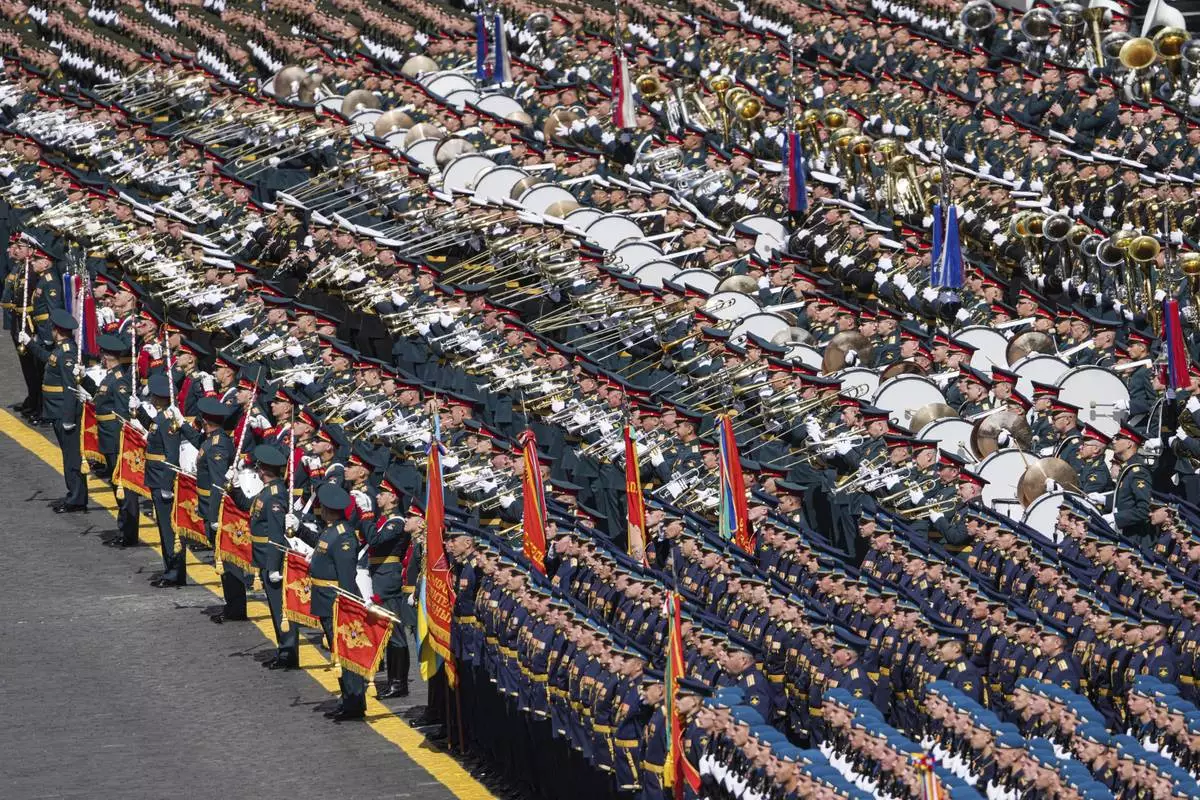
Russian servicemen take part in the Victory Day military parade in Moscow, Russia, Friday, May 9, 2025, marking the 80th anniversary of the Soviet Union's victory over Nazi Germany during the World War II. (Alexander Wilf/Photo host agency RIA Novosti via AP)
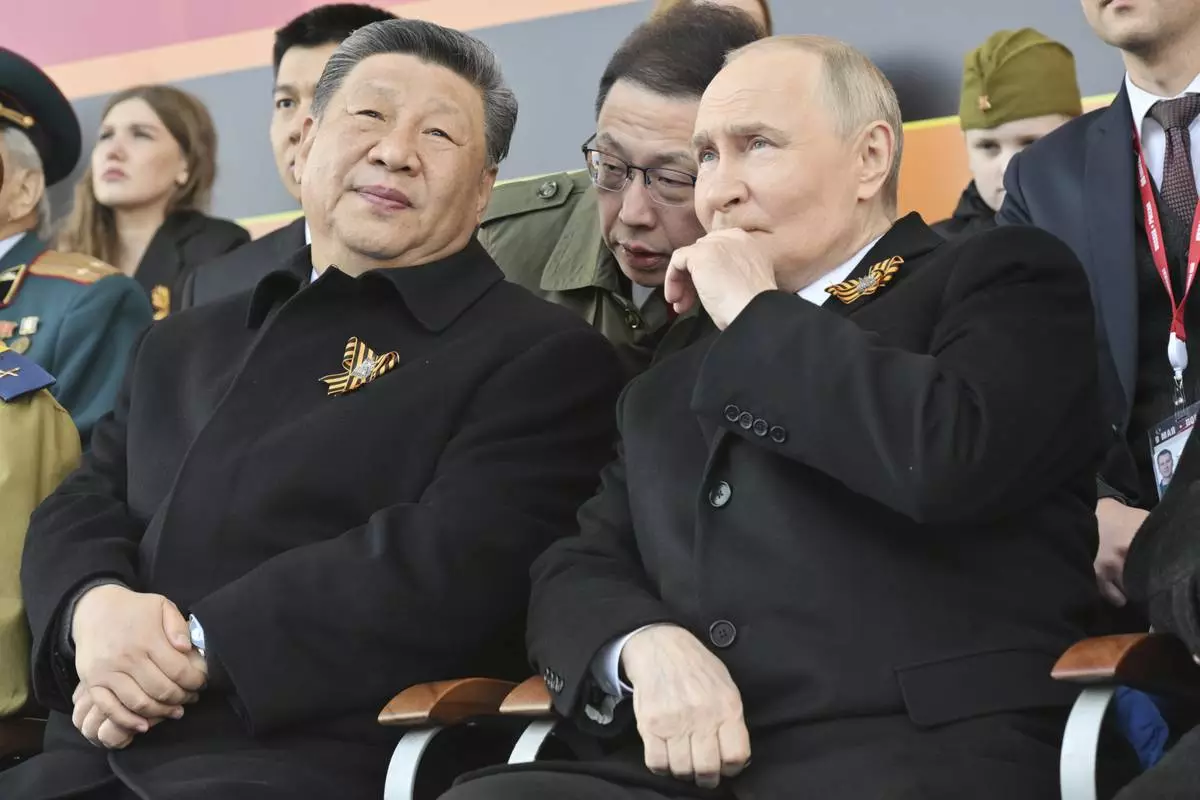
Russian President Vladimir Putin, right, and Chinese President Xi Jinpin watch the Victory Day military parade in Moscow, Russia, Friday, May 9, 2025, during celebrations of the 80th anniversary of the Soviet Union's victory over Nazi Germany during the World War II. (Mikhail Korytov/Photo host agency RIA Novosti via AP)
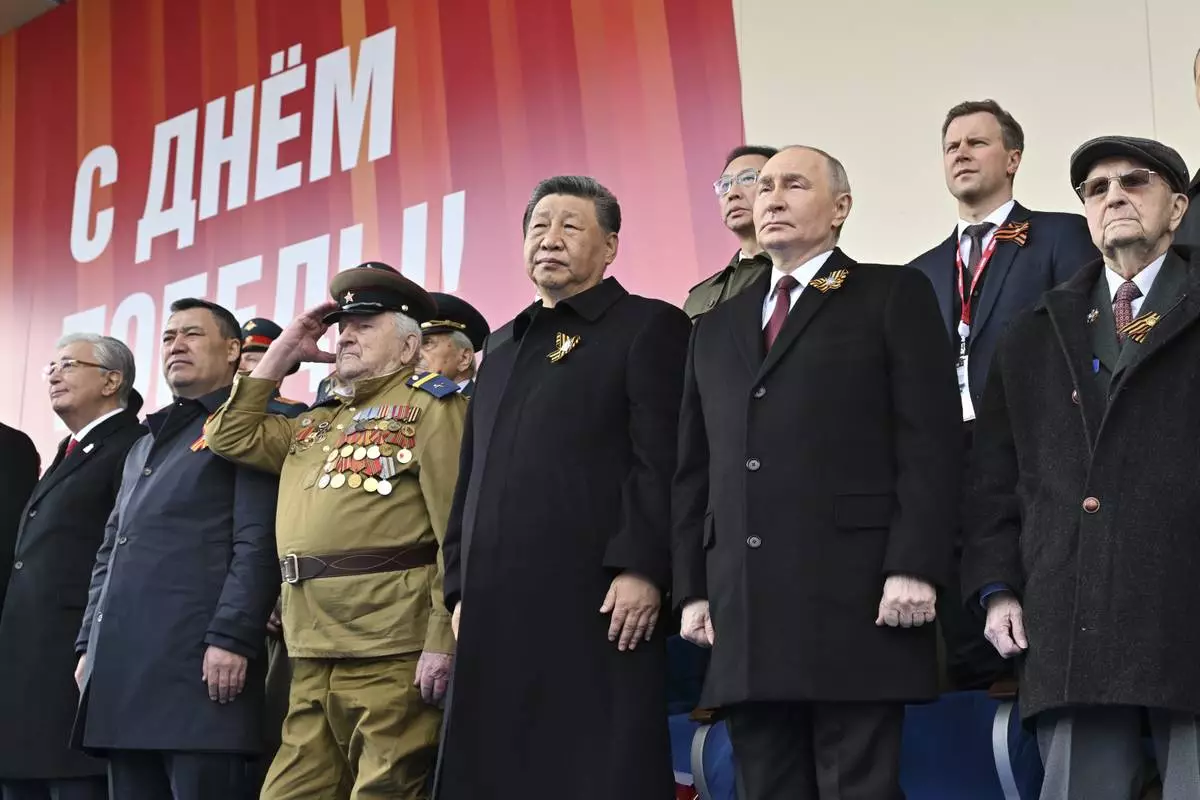
Russian President Vladimir Putin, centre right, and Chinese President Xi Jinpin, centre, watch the Victory Day military parade in Moscow, Russia, Friday, May 9, 2025, during celebrations of the 80th anniversary of the Soviet Union's victory over Nazi Germany during the World War II. (Mikhail Korytov/Photo host agency RIA Novosti via AP)



